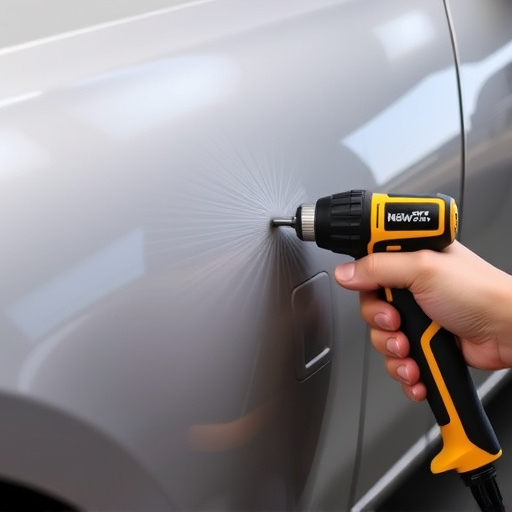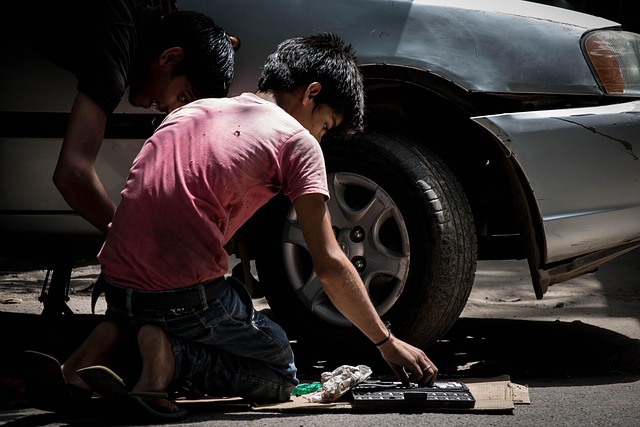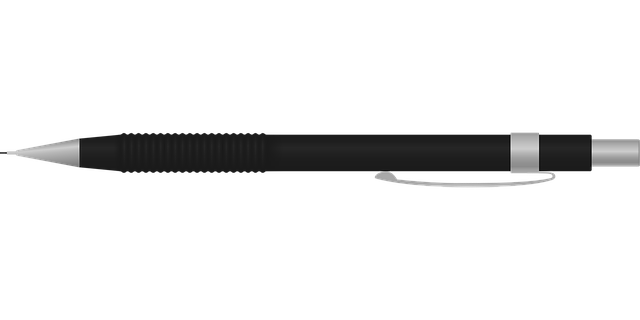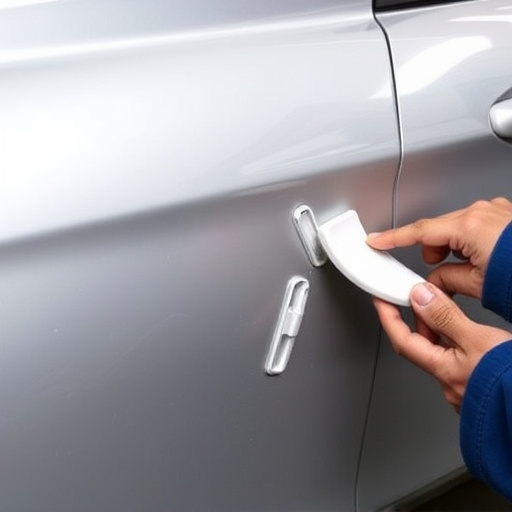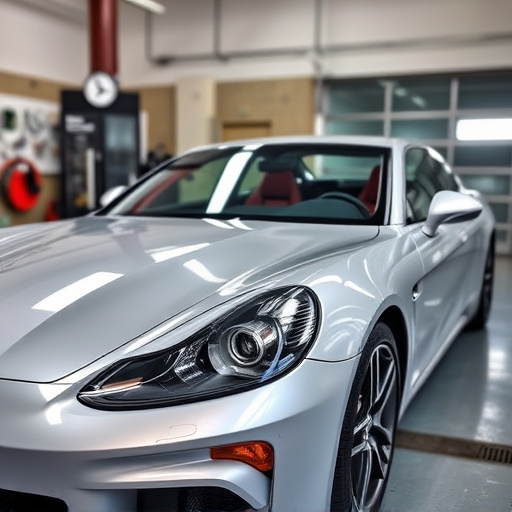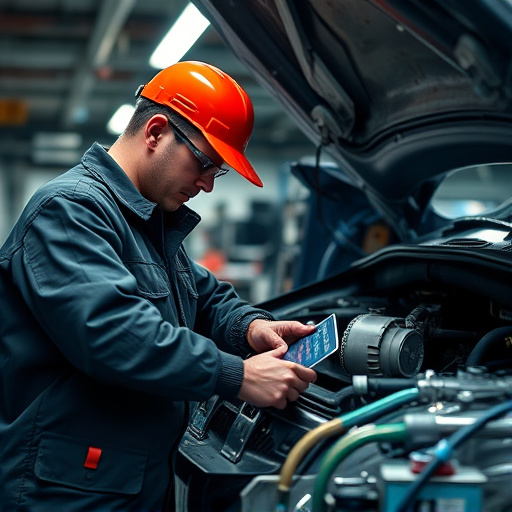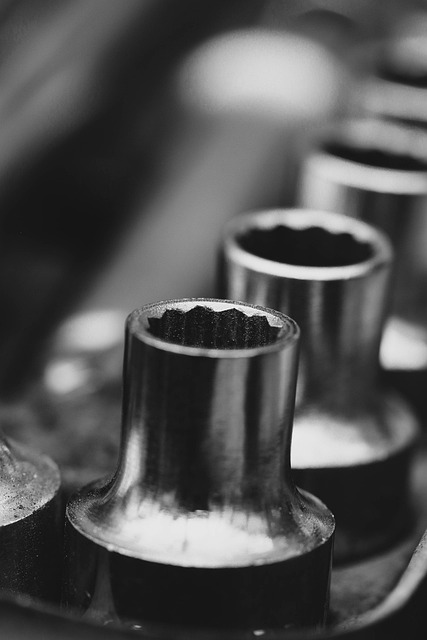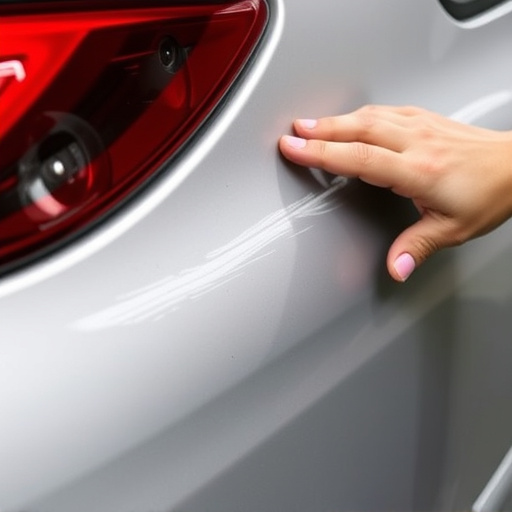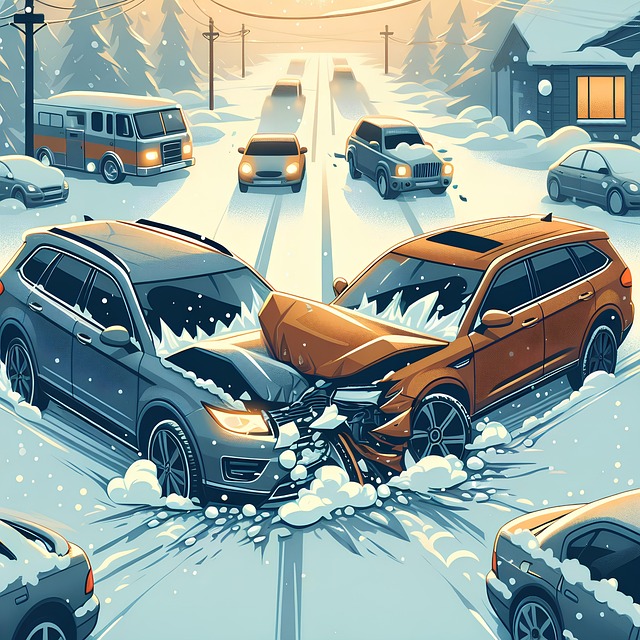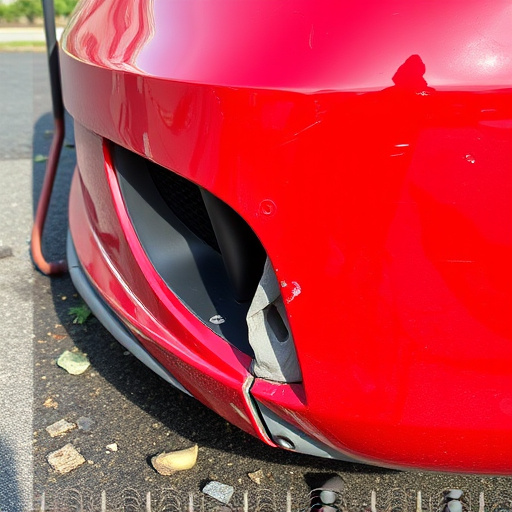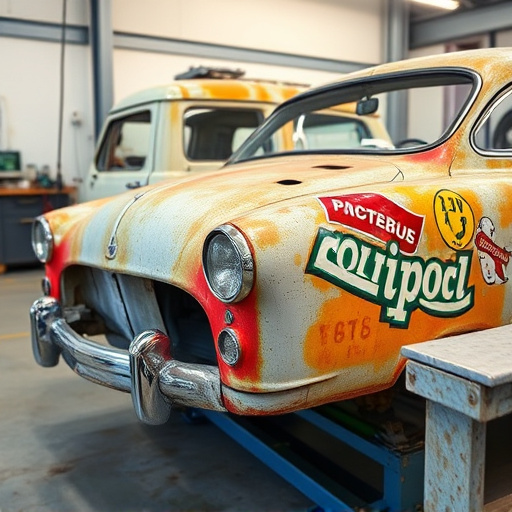Auto bumper repair involves tailored solutions for cracks, dents, and scratches, each requiring distinct tools and techniques to maintain structural integrity and aesthetic appeal. Understanding bumper material and design guides repair choices, from plastic to metal. DIY options exist, involving damage assessment, surface preparation, filling/sanding, priming, and painting, offering cost-effective alternatives to professional services.
Auto bumper repair is a common yet often overlooked aspect of vehicle maintenance. Bumpers, serving as the first line of defense against collision damage, can sustain cracks, dents, and scratches over time. This article guides you through understanding various types of bumper damage, evaluating repair options tailored to different bumper designs, and provides a step-by-step approach for effective auto bumper repair. Discover how to restore your bumper’s structural integrity and aesthetic appeal with practical tips and expert advice on auto bumper repair.
- Understanding Auto Bumper Damage: Cracks, Dents, Scratches
- Evaluating Repair Options for Different Bumper Types
- Step-by-Step Guide to Effective Auto Bumper Repair
Understanding Auto Bumper Damage: Cracks, Dents, Scratches
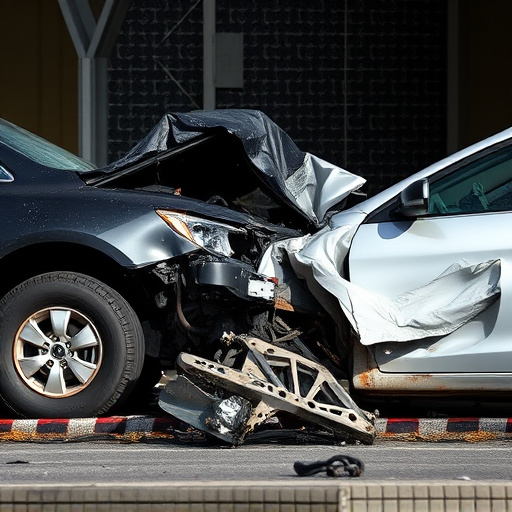
Auto bumper damage can manifest in various forms, from minor cracks to significant dents and scratches, each requiring a tailored approach for effective auto bumper repair. Cracks, often caused by impact or environmental factors, can range from shallow lines to deep splits, affecting both the aesthetic appeal and structural integrity of the bumper. Dents, usually the result of collisions or accidental bumps, can vary in size and depth, leaving behind unsightly marks that necessitate prompt mercedes benz collision repair. Scratches, whether from road debris or careless handling, not only mar the surface but can also weaken the bumper over time, making their timely removal through car dent removal techniques crucial for maintaining overall vehicle condition.
Understanding the nature of these damages is the first step towards effective auto bumper repair. Cracks and dents often require professional intervention, involving specialized tools and techniques to ensure structural soundness and a seamless finish. Car dent removal experts employ various methods, from pneumatic tools to precision-cut templates, to mend and reshape the damaged area without compromising the original design or safety standards. Scratches, while more superficial, still demand attention to restore the bumper’s gloss and protect its surface from further deterioration.
Evaluating Repair Options for Different Bumper Types
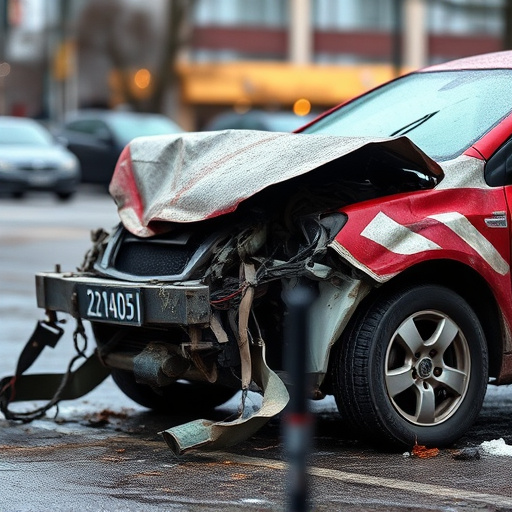
When it comes to evaluating repair options for different bumper types, understanding the material and design is key. Auto bumper repair services offer a range of solutions, from simple touch-ups for minor scratches to complete replacements for severe damage. For plastic bumpers, common issues like cracks and dents can often be repaired effectively with specialized tools and resins, ensuring a seamless finish that blends with the vehicle’s original appearance.
Metal bumpers typically require more extensive work due to their weight and strength. While some dents and scratches can be addressed through auto body hammering and painting, significant deformities might necessitate a trip to a collision center for expert auto repair near me. Unlike plastic repairs, metal bumper restoration often involves replacing damaged panels, which can impact the vehicle’s structural integrity. Therefore, choosing the right auto bumper repair service is crucial, whether you’re dealing with a minor scrape or extensive collision damage, and considering options like a local collision center or trusted auto glass repair shop could be beneficial.
Step-by-Step Guide to Effective Auto Bumper Repair
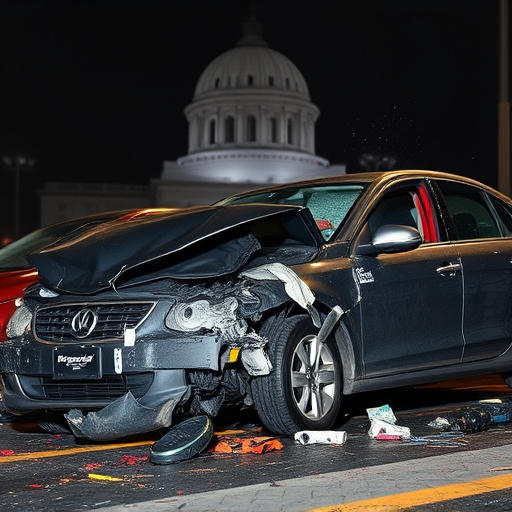
Auto bumper repair is a straightforward process that can restore your vehicle’s front or rear guard to its original condition. Here’s a step-by-step guide to ensure effective auto bumper repair, saving you time and money compared to visiting an auto repair shop for car bodywork services.
1. Inspect the Damage: Begin by thoroughly inspecting the bumper to identify cracks, dents, or scratches. This will help determine the extent of the repair needed. For minor damages like shallow scratches, a simple polish might suffice. More significant issues, such as deep dents or cracked plastic components, will require more advanced techniques and materials.
2. Gather Your Tools and Materials: Based on your assessment, gather the necessary tools and auto bumper repair kits. Common items include sandpaper (various grits), primer, paint, a heat gun or hair dryer, and cleaning solutions. If you’re dealing with severe damage, consider acquiring specialized tools for plastic welding or injection molding.
3. Clean and Prepare: Before starting any repairs, ensure the bumper is clean and free from dirt, grease, or old residue. Use appropriate cleaners and sandpaper to prepare the surface, removing any loose debris or imperfections. This step ensures a smooth finish and better adhesion for paint and primer.
4. Fill and Sand Cracks and Dents: For cracks and dents, apply an auto bumper repair compound using a putty knife. Allow it to set, then gently sand until the surface is smooth. Repeat this process if needed, ensuring the area is thoroughly filled and even with the surrounding bumper material.
5. Prime and Paint: Apply a coat of primer designed for vehicle bodywork to seal and protect the repaired area. Let it dry completely. Then, use high-quality car paint in a matching color to repaint the bumper. Use small brushes or spray paint for precision, ensuring even coverage. Allow the paint to dry thoroughly before adding any clear coats for added protection.
Auto bumper repair is a cost-effective solution for fixing cracks, dents, and scratches on your vehicle. By understanding the types of damage and evaluating suitable repair options for your bumper’s material, you can efficiently restore its original appearance. Following a step-by-step guide ensures precise and effective auto bumper repair, preserving the value and safety of your car.
